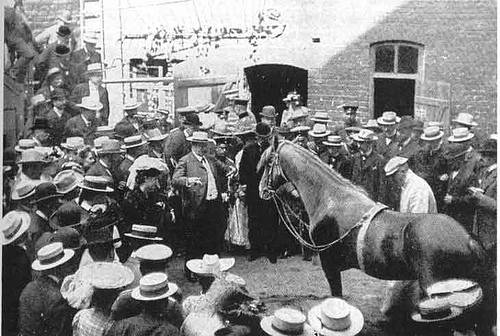
Illusionists know that people are eager to be fooled — some even participate unwittingly in their own deception. A striking example of this is Clever Hans, a trick horse who caused a sensation in the early 1900s. Using his hoof, Hans routinely tapped out correct answers to questions about math, reading, spelling and music. But an investigation showed that Hans’ real skill lay in reading his questioner’s body language, which always showed increased tension as he approached the final, “correct” tap.
In 1907, psychologist Oskar Pfungst actually took the horse’s place and found that he could get the right answer 90 percent of the time simply by watching the questioner’s posture and facial expression. This unconscious cueing is remembered as the “Clever Hans effect.”
